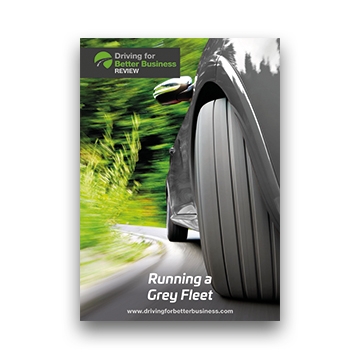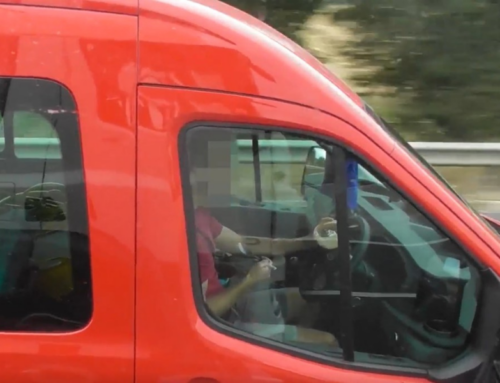Steven Briers, Editor-in-Chief of Fleet News, gives his view on managing grey fleet
There is nothing inherently wrong with having a grey fleet. As long as your policy requires any driver using their own car for business to be managed in the same way as a company car driver – with licence checks, business insurance checks, provision of up-to-date annual servicing and mot documents, compliance with behaviour expectations, etc. – then the only difference between the two is the way the car is funded.
There are plenty of examples where grey fleet happily co-exists with a company fleet. A successful policy usually requires a bit more stick than carrot: fail to provide the required information and a driver will not be reimbursed for business mileage. It’s simple, and it works.
However, grey fleet management takes admin time, the right processes and resource. It also requires someone to take responsibility, but all too often it falls between a fleet manager and hr, with neither keen to take on the duty.
End result? Far too few companies manage their grey fleet drivers adequately.
Grey fleet will become a more pressing issue due to the rising trend for company car drivers to opt for cash, persuaded by uncertainties over future benefit-in-kind tax, rising co2 emissions due to the new fuel testing regime and the new optional remuneration arrangements (opra), which mean an employee is taxed at the higher of either the car benefit or cash benefit.
Further fuelling this sentiment is the growing ease with which people can get around, thanks to a whole series of alternative mobility solutions, ranging from public transport to shared services and ride hailing. But this also provides better options for grey fleet drivers.
Employing a travel hierarchy can also help companies to manage occasional drivers. A typical scheme would first ask whether the journey is necessary, then whether public transport is an option, and finally break car options into hire, pool or lease. Only when all those options are exhausted could a private car be used, but typically with a strict limit of 50 miles for the journey and the relevant safeguards in place.
There is simply no excuse for companies to allow staff to drive around unchecked in their own vehicles. Introduce a strict policy to manage the car and the driver or introduce an alternative solution – either way, grey fleet should become much more black and white.







